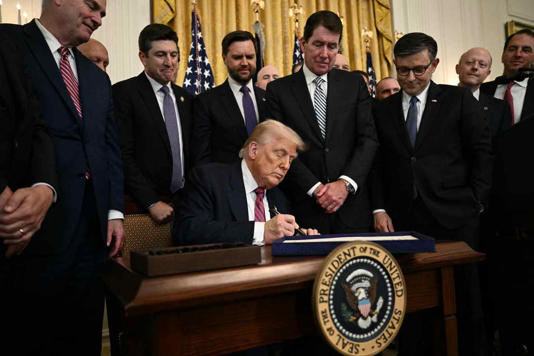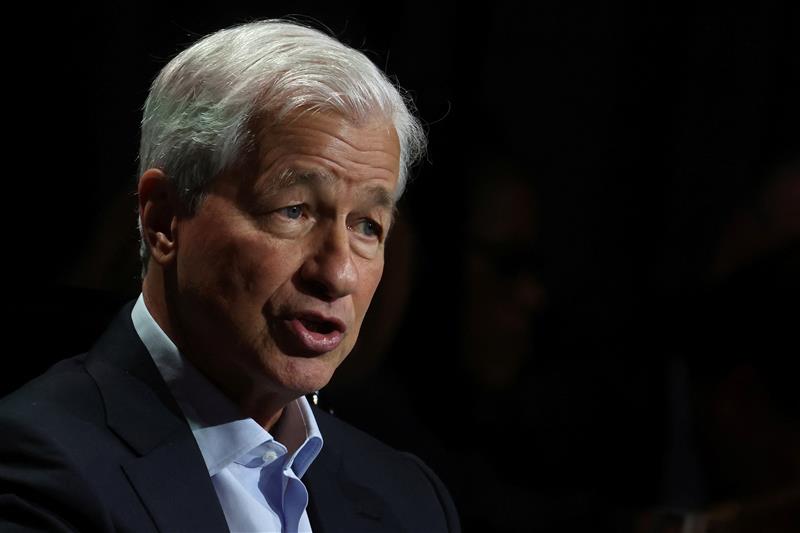Looming Shutdown Highlights Government Instability
The specter of a government shutdown is looming large. With only seven working days remaining, there is no budget agreement in sight. This impending shutdown is not an isolated incident. Instead, it’s part of a troubling pattern of government dysfunction. Along with escalating national debt and political infighting, it reflects broader institutional instability. In such an environment, a question arises. Where can individuals turn to safeguard their wealth and financial stability? The answer lies in physical gold.
The Dysfunction of Government
The current deadlock in Congress is emblematic of a government struggling to function. Despite having the entire year to pass appropriations bills, none have been enacted as of mid-September. This failure to govern has real-world consequences. During past shutdowns, approximately 800,000 federal employees were furloughed or worked without pay. The 2018–2019 shutdown alone cost the economy about $11 billion. $3 billion of those losses were permanent. Each week of a shutdown typically reduces U.S. GDP growth by 0.2 percentage points. Even short-term closures create ripple effects. Business investment is slowed. Consumer spending is delayed. And essential federal services such as loan programs and permit approvals are put on hold.
The federal government’s escalating debt is both a symptom and a consequence of its ongoing dysfunction. The Congressional Budget Office projects that federal debt held by the public will exceed 100 percent of GDP by the end of 2025 and reach a record 107 percent by 2029. This unsustainable trajectory raises questions about the government’s ability to meet its obligations. Federal Reserve Chairman Jerome Powell has warned that the federal debt is on an unsustainable path, and no one really knows how much further we can go.
The implications of this mounting debt are far-reaching. As the national debt continues its unsustainable path, financial markets and foreign lenders may lose confidence in the federal government’s ability to repay it. This loss of confidence can lead to higher interest rates, reduced demand for U.S. Treasury securities, and a weakening of the U.S. dollar as investors seek safer investments.
Moreover, the government’s increasing reliance on borrowing to finance its obligations has led to a situation where interest payments on the national debt now exceed defense spending, pushing the nation toward a fiscal cliff. If Congress does not act swiftly to confront the structural disconnect between reckless federal spending and incoming revenues, the nation could experience either slow and painful economic decline or a swift and catastrophic sovereign debt crisis.

The Broader Economic Impact
Government shutdowns have far-reaching consequences beyond federal employees. Small businesses dependent on federal contracts or loans experience delays and cancellations. Such delays hurt growth and planning. The travel sector alone can lose up to $1 billion per week as national parks, visa offices, and related services pause operations.
Confidence in Decline
Government failures are contributing to a drop in consumer confidence. Lower consumer confidence reduces spending and slows business growth. After the 2013 shutdown, nearly half of Americans curtailed spending amid uncertainty. Loss of confidence is pushing an already fragile economy closer to the edge of recession.
The University of Michigan’s Index of Consumer Sentiment is 55.4 for September 2025. That’s down from 58.2 in August. And significantly lower than 70.1 from one year ago. Surveys show Americans are increasingly concerned about economic conditions, the labor market, and future financial stability.
These disruptions underline a simple truth. The institutions meant to provide stability are themselves unstable.
How Gold Responds to Shutdowns
Historically, gold has been resilient during government shutdowns. The impact on prices is often modest. But uncertainty drives a flight to safety that benefits the metal. During the 2013 shutdown, gold prices initially rose. Then they fell slightly, and then climbed again by the end of the closure. The 2018–2019 shutdown saw gold prices increase by about twenty dollars. A modest but clear reaction to heightened uncertainty.
Gold’s intrinsic value makes it an ideal asset for shielding wealth when government operations falter. Gold doesn’t just protect against shutdowns. It secures value against political gridlock, rising debt, and institutional instability.
Conclusion
The approaching government shutdown is a stark reminder of our political dysfunction. Congressional deadlock and a ballooning national debt threaten economic stability and undermine public confidence. In this climate, protecting financial security becomes paramount. Physical gold offers a secure means of preserving wealth amid uncertainty, especially when held in a Gold IRA. Contact Harvard Gold Group today at 844-977-4653 to learn more.
Notes:
1. https://www.statista.com/chart/16850/economic-cost-of-the-government-shutdown-compared-to-requested-border-wall-funding/
2. https://www.reuters.com/legal/government/why-would-us-government-shut-down-2025-09-02/?utm_source=chatgpt.com
3. https://bipartisanpolicy.org/blog/visualizing-cbos-budget-and-economic-outlook-2025/
4. https://www.reuters.com/world/us/us-government-shutdown-could-cost-travel-sector-1-billion-per-week-disrupt-2024-12-20/
5. https://finance.yahoo.com/news/consumer-sentiment-drops-in-september-as-americans-anticipate-job-market-risks-152626218.html
6. https://finance.yahoo.com/news/gold-prices-rise-fed-meet-000042829.html




